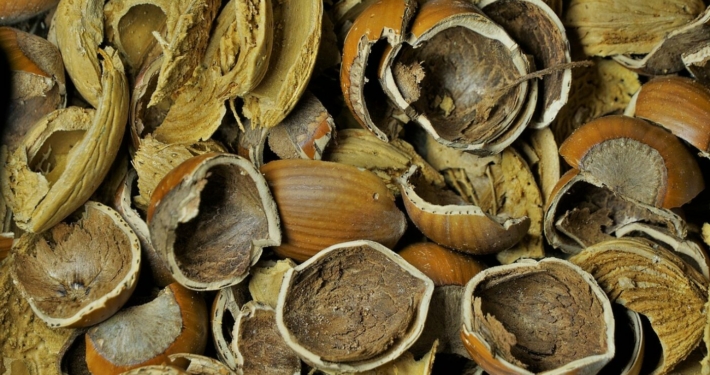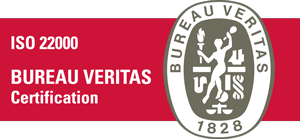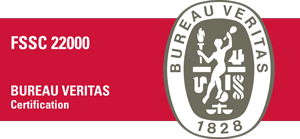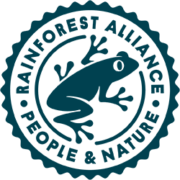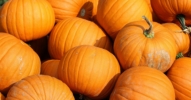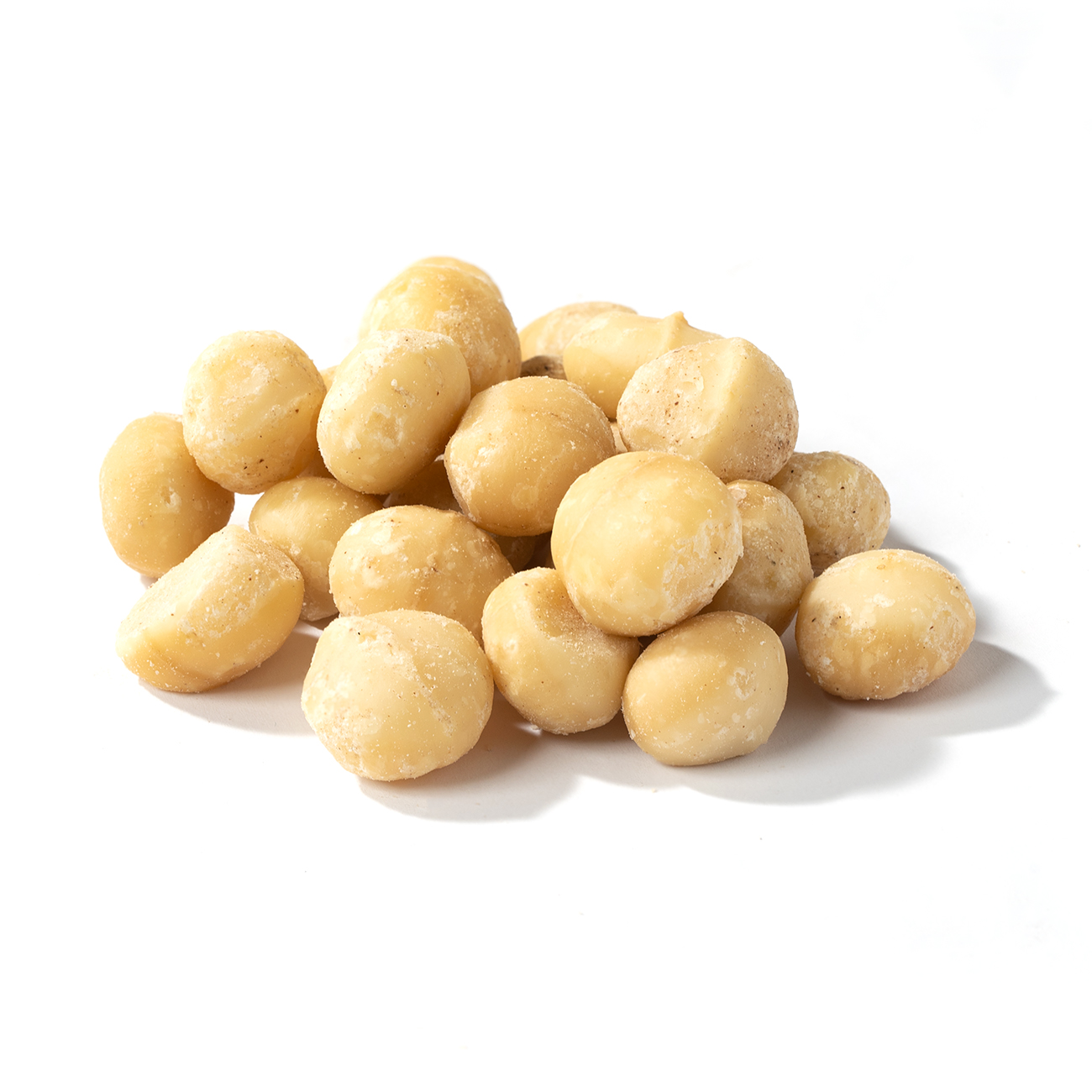Recycled nut shells usable as versatile waste product
Did you know?
Recycled nut shells are used as a versatile waste product!
In 2018, the Food and Agriculture Organization (FAO) recorded nut production of more than 15 million tonnes worldwide. The FAO uses an average waste rate of 40 per cent for all nuts. Fifteen million tonnes of harvest then yields six million tonnes of nut shells. There are also husks as a waste product.
Recycling into animal feed, mulch or fertiliser
In the middle of the last century, scientists were already looking for possible applications to recycle nut shells and husks. Back then, there was an annual waste mountain of ‘only’ 907,200 tonnes of nut shells. Finely ground, the shells and husks served as animal feed as well as mulch and fertiliser. In addition, farmers used the shells as bulk ingredients in insecticides and pesticides. This way, the substances were less atomised and there was less loss.
Nut shells are versatile waste product
A classic outlet for nut shells is to use them as bedding in animal husbandry. But the outlet has become diverse in recent years. The material encourages numerous experiments. You find shells in charcoal, chipboard, biodegradable plastic, cardboard, fuel, soil improver, paint and varnish, scrubs, but equally as brake fluid in your car or as sandblasting material. And nut shells, as biochar, can reduce greenhouse gas emissions.
Walnut shells filter water and air
If you burn nut shells in a low-oxygen environment, you get charcoal or pure carbon. This can purify water and air in carbon filters. In the medical field, burnt nut shells can prevent poisoning as activated carbon. All types of nuts are eligible for that process.
Nut shells form valuable biomass
When you burn organic matter such as nut shells at high temperatures, you get different
source: https://eostrace.be/traces/trace-van-noten

